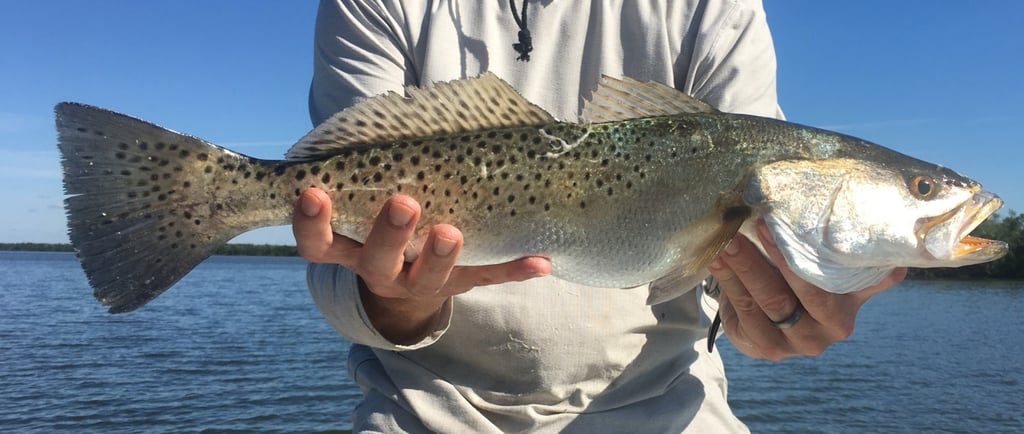The Ultimate Guide to Selecting the Right Fishing Gear for Trout
11/26/20242 min read


Understanding Trout Fishing
Trout fishing is an exhilarating experience, but to make the most of your time on the water, you need to start with the right equipment. Whether you're going after rainbow, brook, or brown trout, knowing the best gear to use can be a game-changer. In this guide, we’ll explore how to select the right fishing gear tailored to the species you’re targeting, focusing specifically on light tackle setups that can enhance your overall fishing experience.
Why Choose Light Tackle for Trout?
When it comes to trout fishing, many anglers prefer using light tackle. The smaller and lighter rods and reels allow for more finesse when presenting bait or lures, making them ideal for enticing the often finicky trout. Light tackle will also provide a thrilling fight when you hook into a trout, allowing for more of that exhilarating back-and-forth action.
Moreover, using light tackle has the added benefit of minimizing the stress on the fish. This makes it easier to practice catch-and-release fishing, ensuring that trout populations remain healthy. Always remember to invest in quality line and hooks, as they can make a significant difference in your success on the water.
Selecting the Right Equipment
To begin with, you’ll want to focus on your rod and reel. For trout fishing with light tackle, a rod that is too heavy can be counterproductive. Look for a spinning rod that measures between 5 to 7 feet in length; this range offers the ideal balance of sensitivity for detecting bites and enough power to reel in larger trout.
Pair your rod with a lightweight spinning reel. A reel size of 1000 to 2500 is usually sufficient for most trout fishing scenarios. Make sure to load it with 4 to 8-pound test monofilament or fluorocarbon line. Fluorocarbon has the added advantage of being less visible underwater, helping to fool wary trout.
Next, consider the terminal tackle. Light tackle rigs often make use of smaller hooks, ranging from size 10 to 14. If you’re using lures, opt for spinners or small crankbaits that mimic the forage fish trout are accustomed to seeing. Don’t forget about weights; you can use split shot or small egg weights to help your bait sink to the desired depth.
Tips for Success
When you step onto the bank or the boat, always remember these few tips. First, be patient and observant. Trout can be picky eaters; sometimes they prefer bait that’s drifting naturally in the water column. Secondly, pay attention to the weather conditions and fish in the early morning or late afternoon when trout tend to be more active.
Remember to adjust your technique based on the species you're targeting. While different trout species may vary in behavior, the fundamentals of light tackle remain the same; you will reap the benefits when the right gear is in your hands. In conclusion, selecting the appropriate fishing gear tailored to the trout species can make all the difference in your fishing success story. So get ready, gear up, and enjoy your next trout fishing adventure!
Lifestyle
© 2024. All rights reserved.